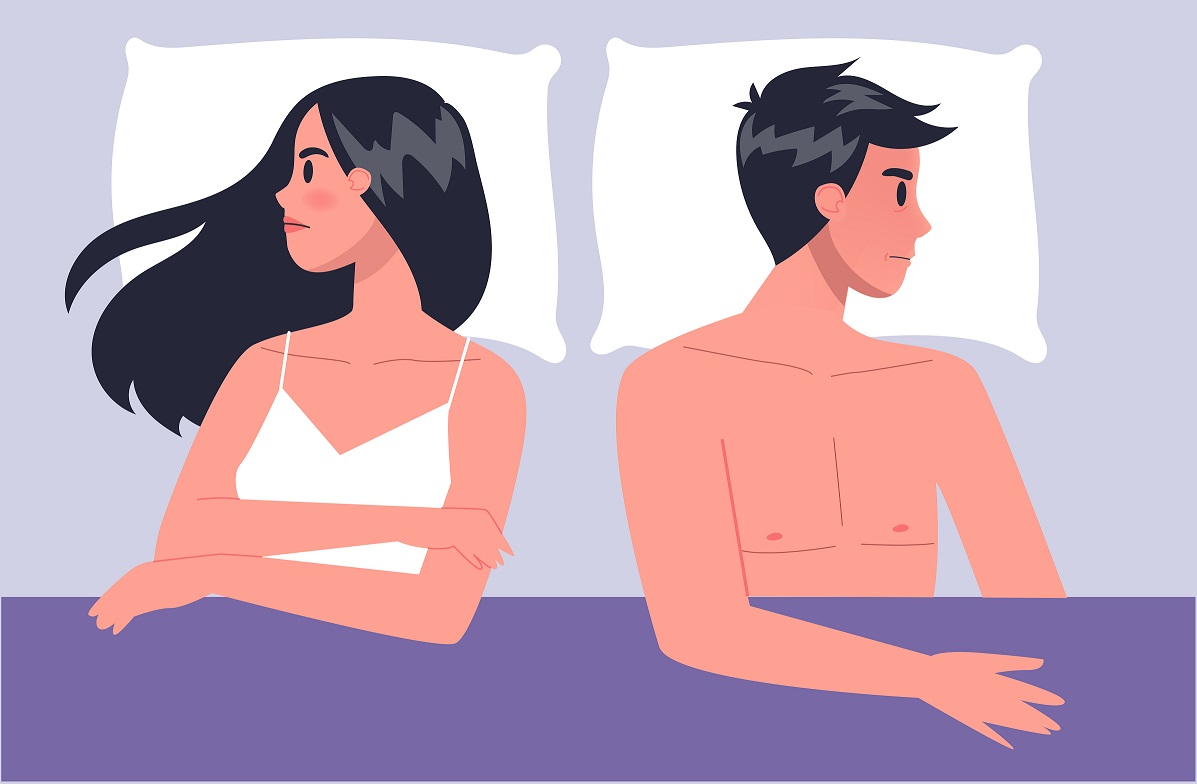Because most people are reluctant to broach the topic, sexual dysfunction remains a bit of a taboo subject. As a result, many people know very little about it until it happens to them. However, approximately 31% of men and 43% of women claim to suffer some degree of sexual dysfunction. Clearly, this is a problem that is far more widespread than the silence surrounding it would lead you to believe.
What Do We Mean by Sexual Dysfunction?
Anything that keeps an individual or a couple from satisfaction during sexual activity falls under the category of sexual dysfunction. Moreover, it can happen during any stage of the sexual response cycle, which includes excitement, plateau, orgasm, and resolution. The initial stage, excitement, comprises both desire and arousal. While it is common for men to experience the sexual response cycle in order, the same is not necessarily true for women.
Who Is Most at Risk for Sexual Dysfunction?
While it can strike at any age, sexual dysfunction typically occurs in people older than 40 because it’s often linked to the health effects associated with aging.
What are the Causes of Sexual Dysfunction?
Psychological problems: added stress or anxiety, especially if it is job-related, can affect sexual performance. Relationship or marriage problems, depression, negative body image, and past sexual trauma are all factors that contribute to sexual dysfunction.
Physical problems: sexual function can also be disrupted by medical or physical issues such as heart disease, diabetes, substance abuse, hormonal imbalances, and chronic disease like kidney failure. Furthermore, some medications have side effects that can reduce sexual performance.
Types of Sexual Dysfunction
Sexual dysfunction generally breaks down into four different categories.
- Desire problems: lack of interest in or desire to engage in sex.
- Arousal problems: lack of ability to become excited or physically aroused during sexual intercourse.
- Pain problems: experiencing physical pain during sexual activity.
- Orgasm problems: a long delay or complete inability to reach orgasm during sex.
Symptoms of Sexual Dysfunction
As one might expect, many of the symptoms of sexual dysfunction are gender specific. Nonetheless, men and women do have a few symptoms in common. For example, both sexes may exhibit a lack of interest in sex in addition to an inability to become aroused. Both men and women may also experience pain during intercourse.
Women
For their part, women with sexual dysfunction may not be capable of having an orgasm. They also may not have the ability to relax their vaginal muscles enough to permit intercourse. Another common symptom is a lack of adequate vaginal lubrication both before and during intercourse.
Men
One of the most common symptoms for men is an inability to reach or maintain an erection long enough for intercourse. In addition, some men may not be able to ejaculate, or it may be delayed, even with appropriate stimulation. And some men lack the ability to control their ejaculations, resulting in premature emissions.
Although studies show that sexual dysfunction is pretty common, people still have trouble discussing it. Nevertheless, modern medicine and health and wellness providers have a range of treatment options available. Even if you are reluctant to talk it over with friends, you should share your concerns with your partner and your health or wellness provider. By starting the discussion, you will help your clinician understand the root cause of the problem and recommend an appropriate treatment.
Reference
https://my.clevelandclinic.org/health/diseases/9121-sexual-dysfunction [^]


